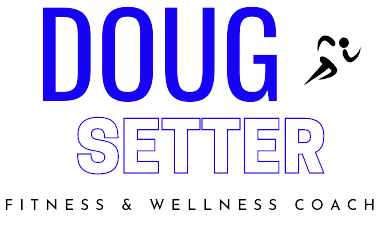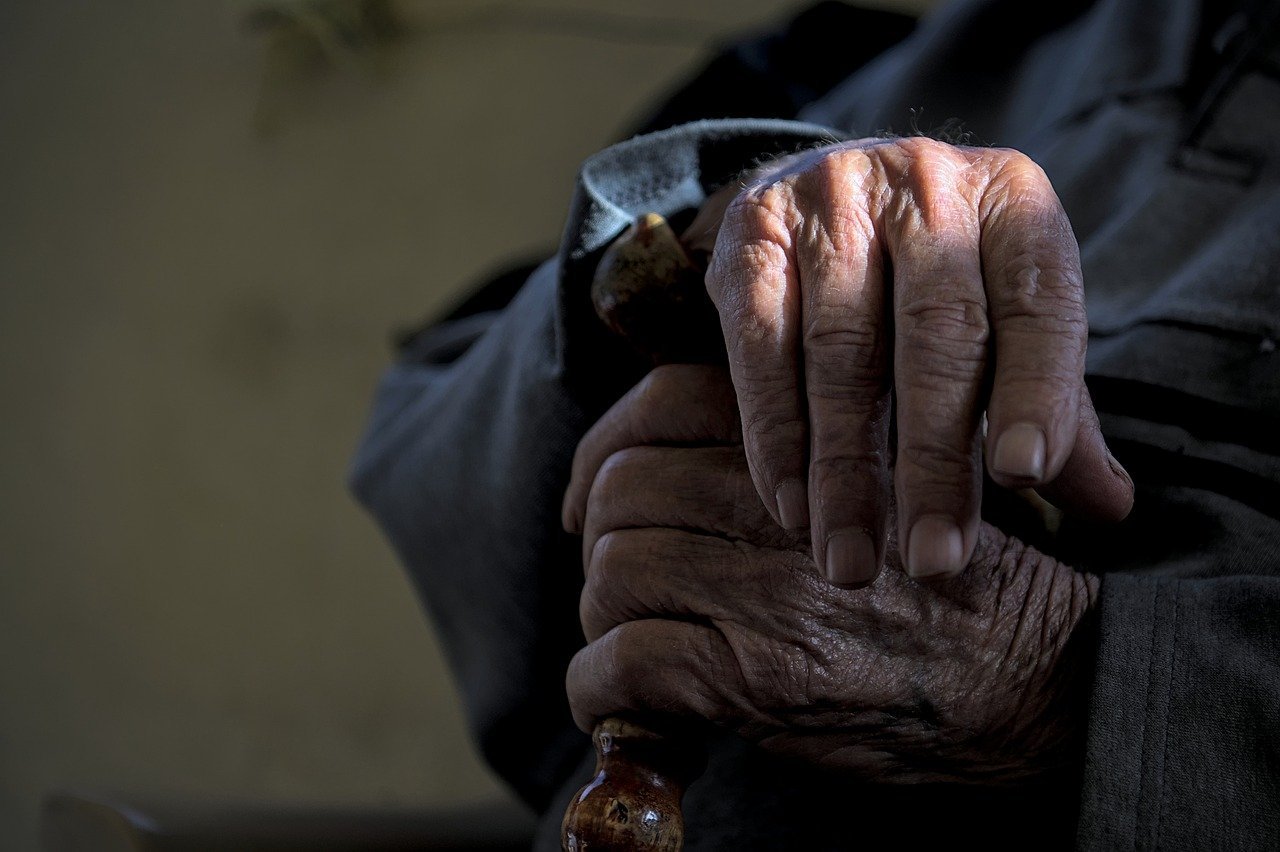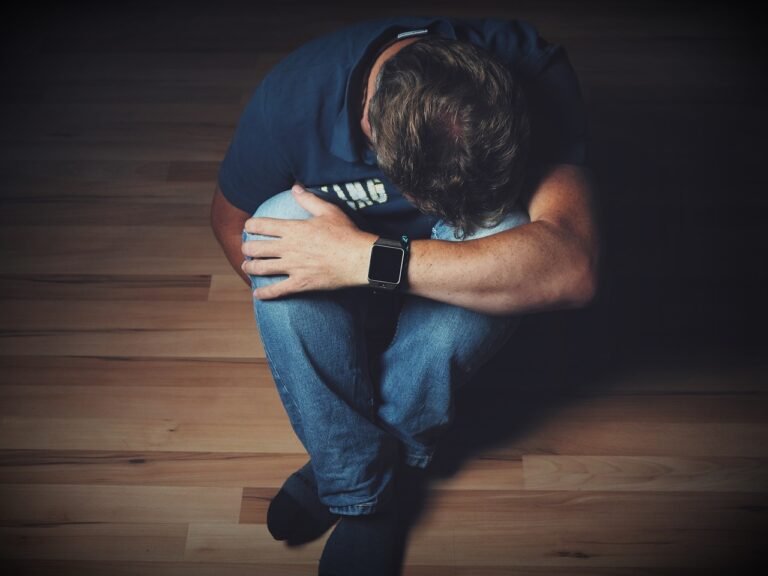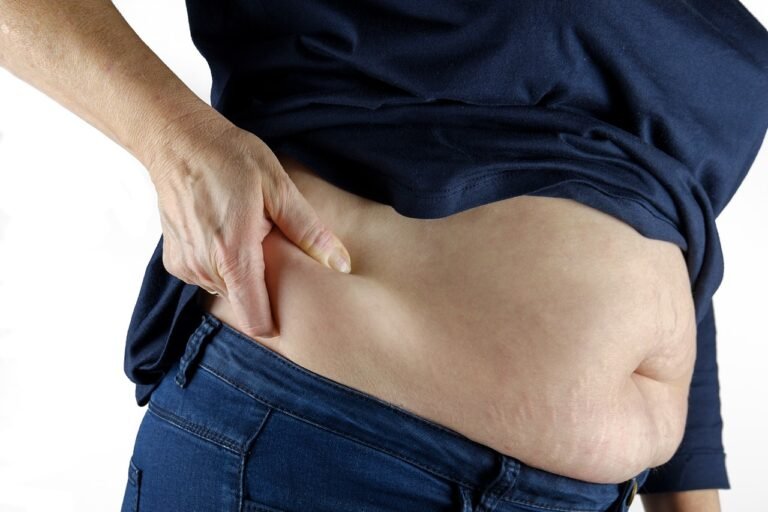Can You Save Ageing Skin?
Here is a simple test to indicate how much your skin has lost its elasticity.
This is the Snap Test. Just place your hand flat on a surface and with your free hand pinch and pull a piece of skin. Hold it for five seconds. Then, let it go quickly and watch how long it “snaps” back into place.
I compared my snap test to my 15-year-old daughter. My skin took about three seconds to settle back to normal. While my daughter’s skin was flat almost instantly.
The snap test can be used to test skin products. Just put the skin product on the back of one hand. Then snap test the backs of both hands against one another. I have seen this work in real life when testing a skin product. In a test case, I did notice that the skin of the treated hand did snap back quicker.
However, the treated skin could have snapped back faster due to the removal of old skin or the skin being massaged with the skin product. So, the results could have been a bit superficial. This is why I believe the internal sources of skin protection are as important as the external precautions.
Let’s explore what is known about why our body cover ages in the first place.
Firstly, consider what cracked plastic, worn windshield wipers and rigid, vulcanised rubber have in common with wrinkled human skin?
They all have undergone a rigidity from chemical reactions. These chemical reactions are like what causes your skin to become hard, brittle, and less elastic. The main villains that age these products and human skin are aldehydes (from alcohol, tobacco, pollutants) ozone, x-rays, and ultra violent light.
But don’t worry. We can still save that ageing skin.
A healthy lifestyle is the best approach to nourish and protect one’s skin. One only must observe the smooth, healthy skin of some cultures, like the Polynesians, to realise that their lifestyle is beneficial for their skin. Some of the theories behind their beautiful skin involves their consumption of papaya and pineapple. These foods reportedly dissolve the hardening ageing-type proteins in the body. (But some people with ulcers or other conditions cannot eat them.) So, the right food is paramount.
According to skin experts, like Dr. Nicholas Perricone, plenty of water, high protein, fish oils and low sugar eating helps preserve and heal the skin. Whereas sugar dries out the skin. If you don’t believe me, put a paste of sugar and water on your skin and watch it dry the area.
As for supplements, I always take higher than minimal dosages. Vitamins A, B, C and E will nourish and protect the skin. Minerals, such as zinc and selenium also protect the skin. According to Dr. Perricone (of the Perricone Prescription) anti-wrinkle formulae dosages are vitamin A 5,000 IU, (B Vitamins vary, so go with a minimal of 25 mg), vitamin C 500–1,000 mg & vitamin E 400–800 IU.
Having regular exercise is a no-brainer. It improves circulation and body functions, which help keep the skin clean and healthy. Often exercising involves sweating. Sweat is normal and it releases skin-harming toxins in the body. A good workout, followed by a sauna raises your body’s T-cells and builds resistance against infections and illnesses. Good for your body, good for your skin. The sauna also helps with restorative sleep. A good sleep allows the body to regenerate itself…including the skin. Get your rest. Your skin, like any other organ, needs it.
Lastly, I will share a skin-preserving tip with you. A friend of mine, (now in her 60s) explained that she always rubbed a solution of vitamin C powder and water on her facial skin every morning. Even after 60 years of age, she had better skin than many 20-year-olds.
Learn other anti-ageing methods in Flat Gut After 50.




